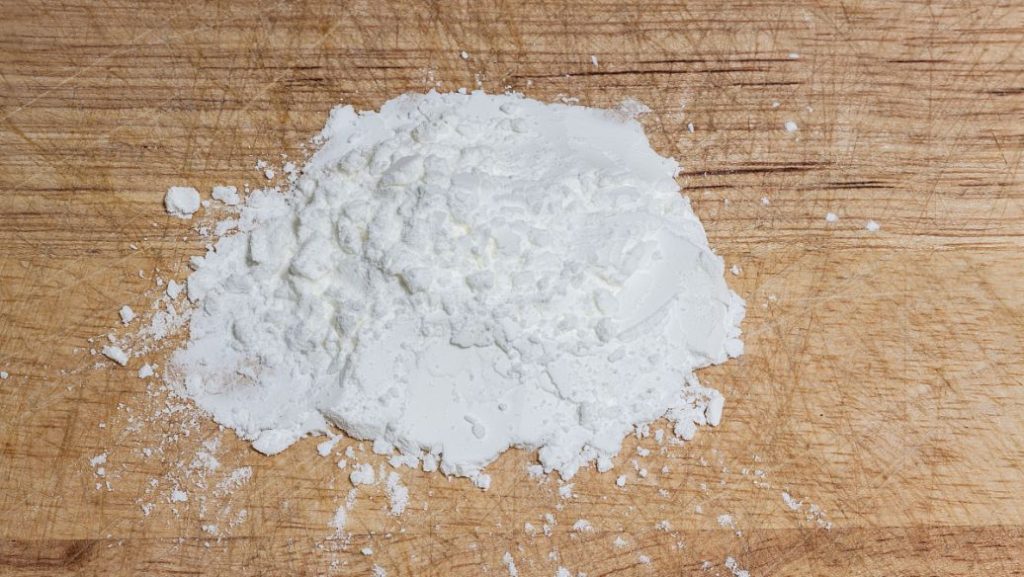Performance and use of Hydroxy Ethyl Cellulose (HEC) ⑵

As a non-ionic surfactant, hydroxyethyl cellulose has the following properties in addition to thickening, suspending, bonding, emulsifying, film-forming, dispersing and retaining water and providing protective film: 1. HEC is soluble in hot or cold water, and does not precipitate under high temperature or boiling, so that it has a wide range of solubility and viscosity […]
Performance and use of Hydroxy Ethyl Cellulose (HEC) ⑴

Hydroxyethyl cellulose HEC is a white or slightly color odorless, tasteless and easy-flowing powder, 40 mesh sieving ≥99%; softening temperature: 135℃—140℃; apparent density: 0.35—0.61g/cm3, decomposition temperature: 205 ℃-210℃; slower burning speed; equilibrium moisture content: 23℃; 6% at 50%rh, 29% at 84%rh. It is soluble in cold water and hot water, and is generally insoluble in […]
What should be paid attention to when compounding polycarboxylate superplasticizer

1. The content of chloride ion should be strictly controlled In order to improve the early strength of concrete, triethanolamine, calcium chloride, industrial salt, etc. will be added to the water reducing agent, especially in winter or in the prefabricated component factory and cement product factory with high requirements for early strength. The harm caused […]
The use of polyvinyl alcohol and its gelation process

Poly (vinyl alcohol) is a kind of water-soluble polymer obtained by hydrolysis of polyvinyl acetate instead of monomer polymerization. It is soluble in glycerin at 120-150 ℃, but becomes jelly at room temperature. In the dissolving step of polyvinyl alcohol, the material should be added into room temperature water under stirring, and then heated to […]

